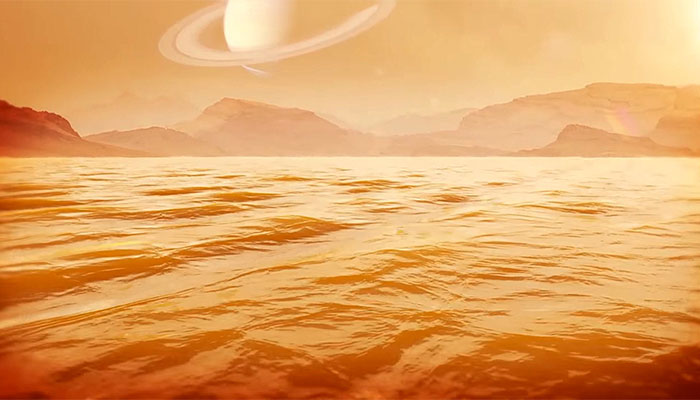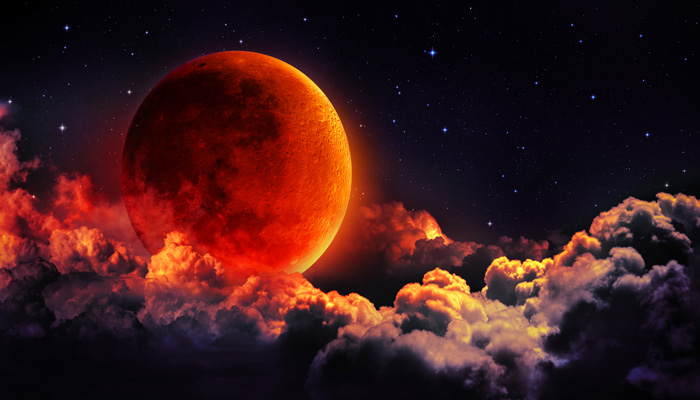You’ve probably seen photos taken by astronauts looking back at Earth from space. The sky away from the Earth looks pretty black. Why is it then, when we’re standing on Earth and looking up, the sky appears blue?

Shades of blue: The blueness of the sky is affected by many factors, including moisture and particulate matter in the air.
Light that comes from the Sun passes through the Earth’s atmosphere which mainly consists of nitrogen and oxygen atoms. Visible light from the sun is actually made up of a rainbow of colours.
When it hits the atmosphere, a process called ‘radiative scattering’ causes these molecules to oscillate and re-emit light in all directions. Shorter, bluer wavelengths of light are preferentially scattered more than longer/redder wavelengths, giving rise to the blue colour we see – our eyes are not very sensitive to the shorter violet wavelengths.
Conversely, at sunset or sunrise when the sun is closer to the horizon, the blue light is almost entirely scattered out of our line of sight, making the sky appear more red and orange.
Sometimes, in Australia’s outback the sky is very blue because it’s so dry, but on other days when it’s dusty or during bushfires, the sky will appear much redder.
The blueness of the sky is also affected by other factors, such as the moisture and particulate matter in the air. So tropical countries, such as Singapore or India, which are closer to the equator and are more humid or have pollution or dust in the air, have less blue skies than Australia, most of the time.
Sometimes, in Australia’s outback the sky is very blue because it’s so dry, but on other days when it’s dusty or during bushfires, the sky will appear much redder.
In the northern hemisphere, Canada, US, Russia or Nordic countries also have bright blue skies similar to Australia.
Salmon sky on Mars, yellow on Titan
Other planets have different coloured skies because of their surrounding atmospheres.

View hue: Titan, the largest of Saturn's moons (and home to methane lakes including Kraken Mare) has a sky that appears yellowish. Illustration credit: NASA’s John Glenn Research Center.
Photos coming back to Earth from the Mars rovers show that the Martian sky is salmon-coloured. Although there's no one there in person to verify the colour of the sky, the rovers have colour strips on board that the camera can use to calibrate the colour.
Unlike Earth, the Martian atmosphere is predominantly made up of carbon dioxide molecules. It’s also very dusty. Contrary to what we see on Earth, sunsets and sunrises on Mars appear to be blue. Mars also lacks the Earth’s ozone layer that absorbs most of the ultraviolet radiation from the Sun’s rays.
- Zebra finch is a climate change 'canary in the coalmine'
- Teens reap benefits of good connections with teachers
Some moons in our solar system are large enough to have atmospheres, and coloured skies too. Titan, the largest of Saturn’s 62 moons, has a sky that appears yellowish. That’s because its atmosphere, which is four times thicker than Earth’s, is made up of organic compounds — mostly nitrogen with a small amount of methane.
And we have photos to prove it. NASA’s Cassini spacecraft, with the European Space Agency’s Huygens probe attached, arrived at Saturn in 2004 and then allowed Huygens to parachute through Titan’s atmosphere before landing on its surface. The probe then sent data and images of a strange alien world with a yellow sky back to Earth. But the physics is exactly the same.
Dr Stuart Ryder is an Adjunct Fellow in the Department of Physics and Astronomy



